Ushabti: Servants Who Worked For Their Owners In Afterlife In Ancient Egyptian Beliefs
A. Sutherland - AncientPages.com - Ushabti were servants devoted to working for their deceased owners. In ancient Egyptian religion, the tombs were equipped with small-sized and mummy-shaped figurines with arms crossed on the chest. The use of them was widespread, and their 'mission' was to set the deceased free from the necessity of labor in the afterlife.
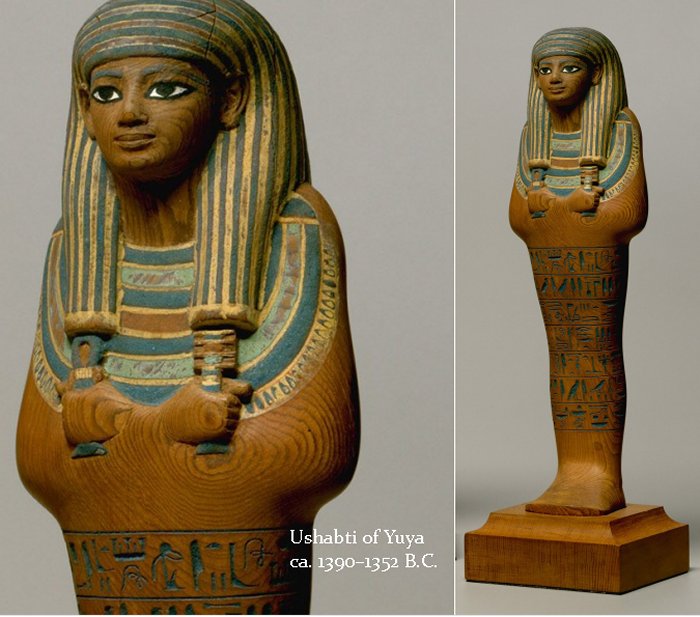 Shabti of Yuya. As the parents of Queen Tiye, wife of Amenhotep III, Yuya and Tjuyu were granted burial in the Valley of the Kings. They were provided with funerary equipment from the finest royal workshops, as demonstrated by this wonderfully carved shabti, on which even the knees are indicated in detail. The text on the figurine states that the shabti will substitute for the spirit in any necessary and obligatory tasks it is called upon to perform in the afterlife. (New Kingdom: the 18th Dynasty, reign of Amenhotep III. Date: ca. 1390–1352 BC. image source
Shabti of Yuya. As the parents of Queen Tiye, wife of Amenhotep III, Yuya and Tjuyu were granted burial in the Valley of the Kings. They were provided with funerary equipment from the finest royal workshops, as demonstrated by this wonderfully carved shabti, on which even the knees are indicated in detail. The text on the figurine states that the shabti will substitute for the spirit in any necessary and obligatory tasks it is called upon to perform in the afterlife. (New Kingdom: the 18th Dynasty, reign of Amenhotep III. Date: ca. 1390–1352 BC. image source
Depending on the tomb, the number of ushabtis varied; some had beautiful form and rich, full of details decoration, especially when made of enamel, applied by ancient Egyptians to stone objects, pottery, and sometimes even jewelry.
Sometimes, early ushabtis were made of wax, but most often, clay and wood were used in their production. Later figurines were usually made of much more resistant and durable materials like stone, terracotta, metal, glass, and most frequently, glazed earthenware known as the Egyptian faience (blue-green glazed ushabtis).
While ushabtis manufactured for the rich were often miniature works of art, however, the significant quantities of discovered ushabti figurines were the result of cheap artistry, based on single molds with a few details, only. Archaeologists frequently discovered boxes full of ill-shaped and uninscribed porcelain figures buried in the tombs with the dead.
These small workers were stored, but always ready to answer the call of the gods to work in the next world for the owner of the tomb.
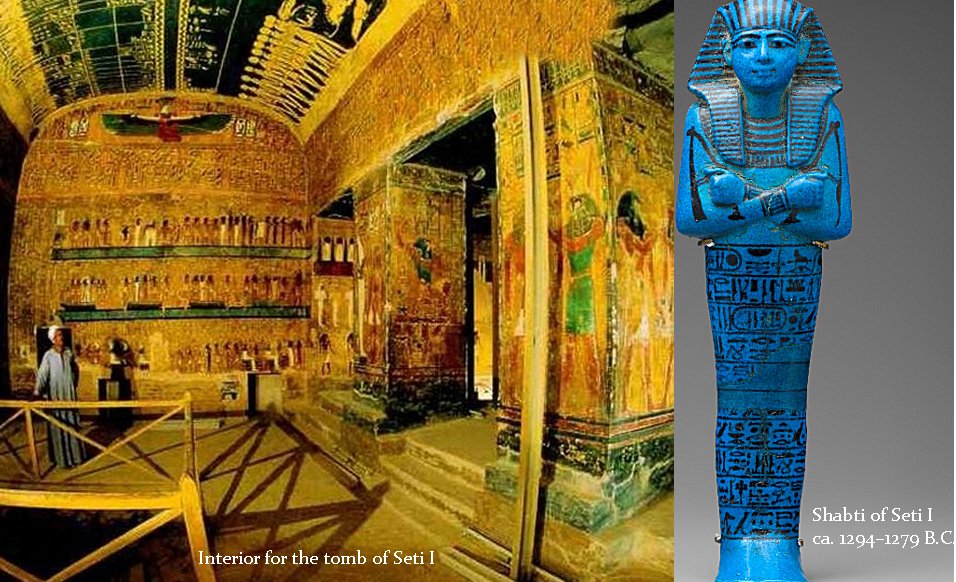 This ushabti was one of the hundreds made for the pharaoh Seti I, the father of Ramesses II. Shabtis were placed in a tomb so the owner's spirit would not have to perform manual labor in the afterlife.
This ushabti was one of the hundreds made for the pharaoh Seti I, the father of Ramesses II. Shabtis were placed in a tomb so the owner's spirit would not have to perform manual labor in the afterlife.
The use of the ushabti figures continued down to the Roman period and the tradition was widespread. Over the centuries, the number and quality of these artifacts changed. In the early Middle Kingdom, it was common to place two pieces of carefully made figurines in the grave. Later, in the Late period, ancient Egyptians decided that the deceased needed many more workers who accompanied them to the afterlife, and it was not uncommon to put up to one thousand of these artifacts in a tomb.
During the 18th Dynasty of Thutmose IV, they began to be fashioned as servants with sacks, baskets, and agriculture tools. With such equipment, the ushabti-workers could magically replace the dead owner when the gods requested him to undertake physical work such as irrigation and cultivation of fields, clearing irrigation channels, etc.
Even royal ushabtis were often depicted holding a hoe or a pick and carrying a basket on shoulders.
The ushabtis were usually covered with texts, and included in grave equipment from the Middle Kingdom (21st-18th centuries BC) to the Ptolemaic period (332–30 BC). During the New Kingdom (1539–1075 BC), the figurines were made to resemble the tomb's owner, and were fashioned in the form of a mummy, bearing the owner’s name.
It is said that in the tomb of Seti I, king of Egypt about 1370 BC no less than seven hundred wooden ushabtis were found inscribed with the 6th Chapter of the Book of the Dead, and covered with bitumen, which was used by ancient Egyptians to embalm mummies.
Written by – A. Sutherland - AncientPages.com Senior Staff Writer
Copyright © AncientPages.com All rights reserved. This material may not be published, broadcast, rewritten or redistributed in whole or part without the express written permission of AncientPages.com
Expand for referencesReferences:
Brier B, Hobbs H., Daily Life of The Ancient Egyptians
A. Wallis Budge, Egyptian Magic
More From Ancient Pages
-
 Ask And Embla: First Human Pair Created By Powerful God Odin And His Two Brothers
Featured Stories | Sep 24, 2016
Ask And Embla: First Human Pair Created By Powerful God Odin And His Two Brothers
Featured Stories | Sep 24, 2016 -
 Ancient DNA Reveals How European Skin, Eye, And Hair Color Evolved Over The Past 45,000 Years
DNA | Feb 24, 2025
Ancient DNA Reveals How European Skin, Eye, And Hair Color Evolved Over The Past 45,000 Years
DNA | Feb 24, 2025 -
 Levänluhta People Could Survive Fimbulwinter Thanks To Their Diverse Livelihoods
Archaeology | Apr 24, 2020
Levänluhta People Could Survive Fimbulwinter Thanks To Their Diverse Livelihoods
Archaeology | Apr 24, 2020 -
 Draupnir: God Odin’s Magical Ring That Could Multiply Itself
Featured Stories | Jul 26, 2017
Draupnir: God Odin’s Magical Ring That Could Multiply Itself
Featured Stories | Jul 26, 2017 -
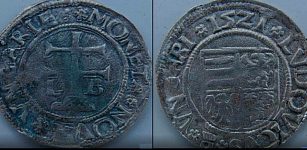 Treasure Coins Dated To 15th And 16th Century Unearthed In Historical Region Of Slovakia
Archaeology | Apr 17, 2019
Treasure Coins Dated To 15th And 16th Century Unearthed In Historical Region Of Slovakia
Archaeology | Apr 17, 2019 -
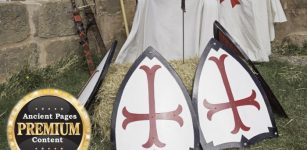 Strange Engraving Made By Knights Templar In French Village – It Doesn’t Make Sense Or Does It? – Part 2
Ancient Mysteries | Oct 9, 2019
Strange Engraving Made By Knights Templar In French Village – It Doesn’t Make Sense Or Does It? – Part 2
Ancient Mysteries | Oct 9, 2019 -
 First Detailed Academic Study Of East African Maritime Traditions Shows Changes In Boatbuilding
Archaeology | May 11, 2022
First Detailed Academic Study Of East African Maritime Traditions Shows Changes In Boatbuilding
Archaeology | May 11, 2022 -
 New Dating Of Intriguing Cave Art Reveals History Of Puerto Rican People
Archaeology | Oct 19, 2023
New Dating Of Intriguing Cave Art Reveals History Of Puerto Rican People
Archaeology | Oct 19, 2023 -
 Unclear Purpose Of Mysterious Rock-Cut City Of Petra – Was It A Fortress Or Sacred City?
Featured Stories | May 30, 2020
Unclear Purpose Of Mysterious Rock-Cut City Of Petra – Was It A Fortress Or Sacred City?
Featured Stories | May 30, 2020 -
 Unraveling The Mystery Of A Lost Biblical Underground World – Is A Precious Ancient Artifact The Answer?
Ancient Mysteries | May 30, 2018
Unraveling The Mystery Of A Lost Biblical Underground World – Is A Precious Ancient Artifact The Answer?
Ancient Mysteries | May 30, 2018 -
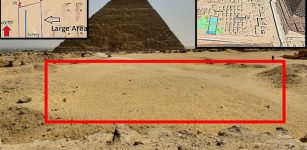 Anomalies Linked To L-Shaped Structure Detected At The Western Cemetery, Giza, Egypt
Archaeology | May 11, 2024
Anomalies Linked To L-Shaped Structure Detected At The Western Cemetery, Giza, Egypt
Archaeology | May 11, 2024 -
 Remains Of A Roman Ship Discovered In Serbia
Archaeology | Aug 7, 2023
Remains Of A Roman Ship Discovered In Serbia
Archaeology | Aug 7, 2023 -
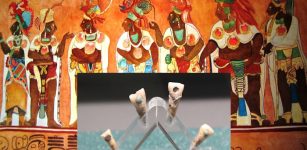 Ancient Maya Used An Unknown And Ingenious Method To Prevent Tooth Decay And Infections – Scientists Say
Archaeology | May 24, 2022
Ancient Maya Used An Unknown And Ingenious Method To Prevent Tooth Decay And Infections – Scientists Say
Archaeology | May 24, 2022 -
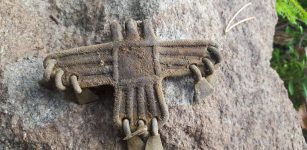 Unique Ancient Three-Headed Eagle Pendant Discovered In Finland: A Symbol Of Three Different Human Souls
Ancient Symbols | May 6, 2016
Unique Ancient Three-Headed Eagle Pendant Discovered In Finland: A Symbol Of Three Different Human Souls
Ancient Symbols | May 6, 2016 -
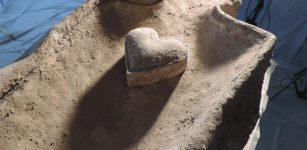 Remarkable discovery: Ancient coffins reveal centuries-old secrets of French nobility
News | Sep 1, 2015
Remarkable discovery: Ancient coffins reveal centuries-old secrets of French nobility
News | Sep 1, 2015 -
 Scotland’s Mysterious Ballachulish Figure Could Be Cailleach Bheithir – Ancient Hag Goddess Of Winds And Storms
Artifacts | Nov 23, 2018
Scotland’s Mysterious Ballachulish Figure Could Be Cailleach Bheithir – Ancient Hag Goddess Of Winds And Storms
Artifacts | Nov 23, 2018 -
 Huge, Stunning 2,000-Year-Old Marble Statues Restored In Ashkelon, Israel
Archaeology | Sep 17, 2024
Huge, Stunning 2,000-Year-Old Marble Statues Restored In Ashkelon, Israel
Archaeology | Sep 17, 2024 -
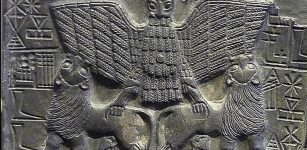 Urukagina: Ruler Of Sumerian City Of Lagash And His Reforms To Combat Corruption
Civilizations | May 18, 2017
Urukagina: Ruler Of Sumerian City Of Lagash And His Reforms To Combat Corruption
Civilizations | May 18, 2017 -
 Palatine Light Legend Is Based On A True And Tragic Event – What Really Happened On Block Island
Featured Stories | Dec 4, 2020
Palatine Light Legend Is Based On A True And Tragic Event – What Really Happened On Block Island
Featured Stories | Dec 4, 2020 -
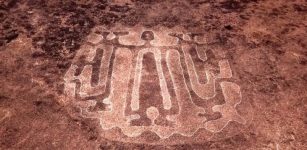 Intriguing Petroglyphs Reveal Traces Of A Lost Ancient Civilization In India
Archaeology | Oct 4, 2018
Intriguing Petroglyphs Reveal Traces Of A Lost Ancient Civilization In India
Archaeology | Oct 4, 2018
